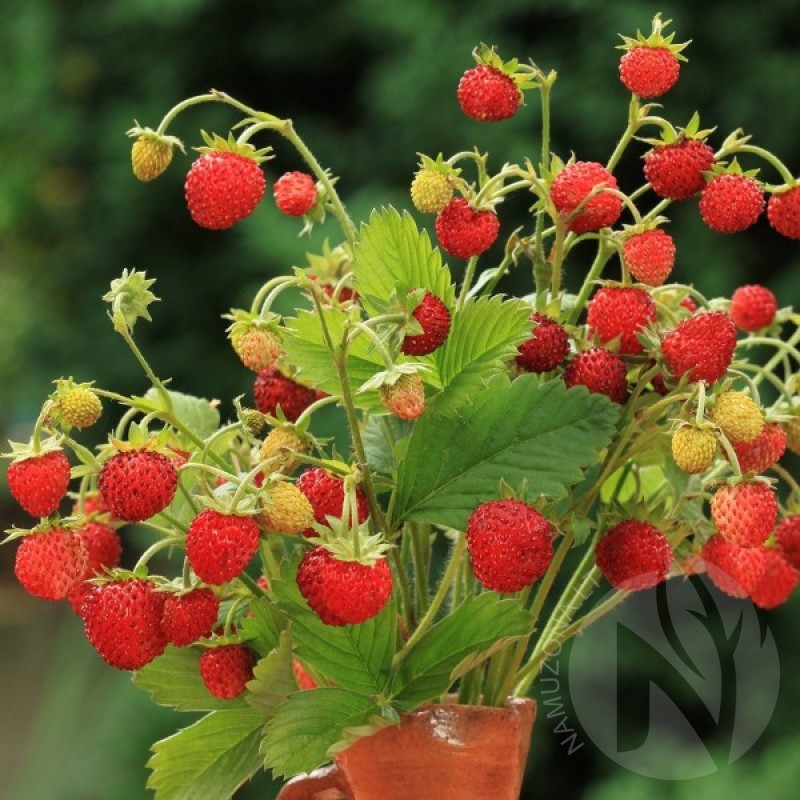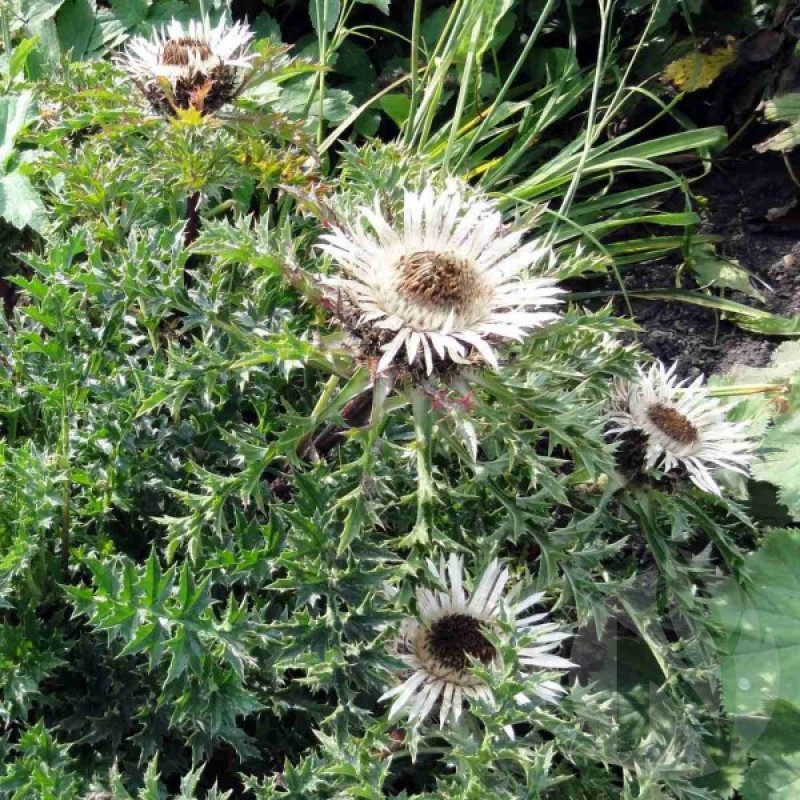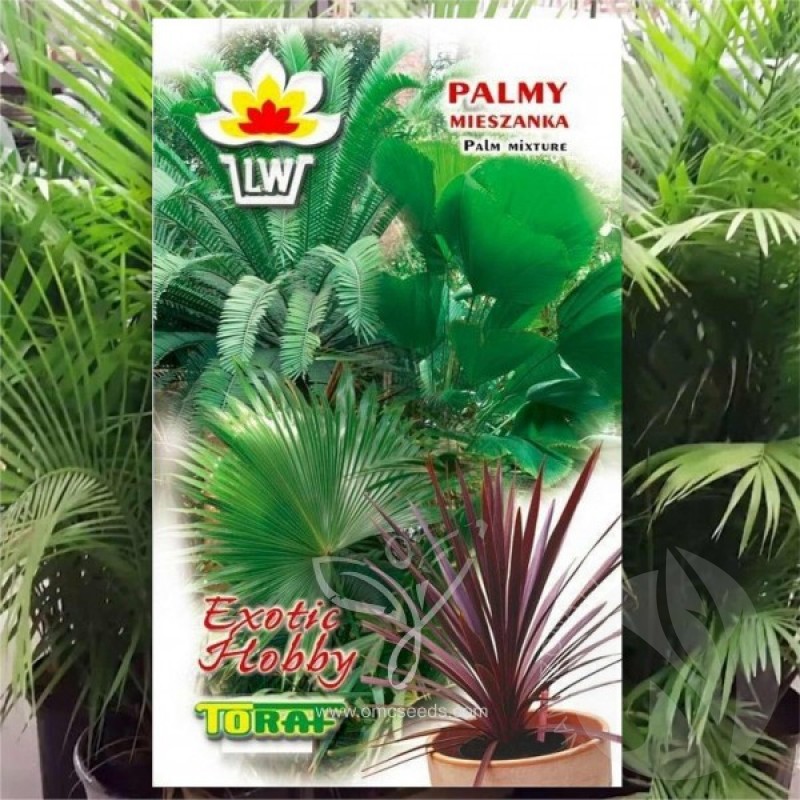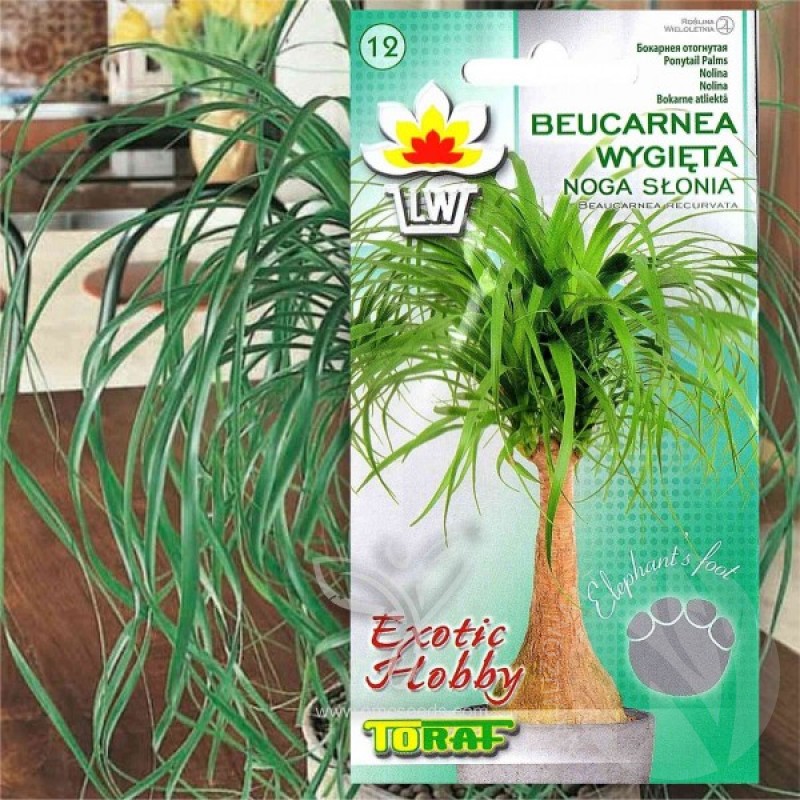
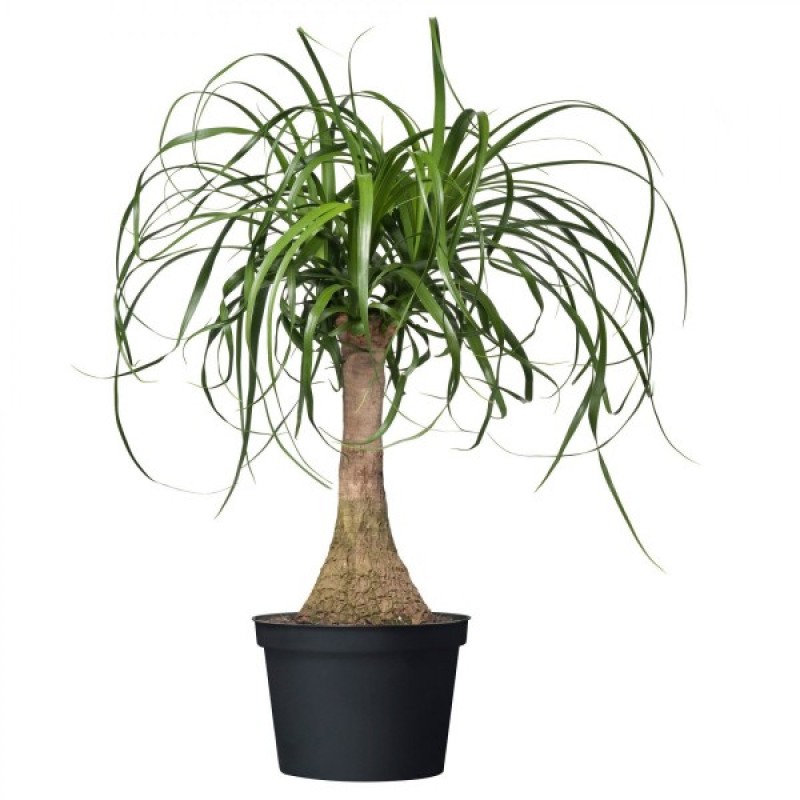
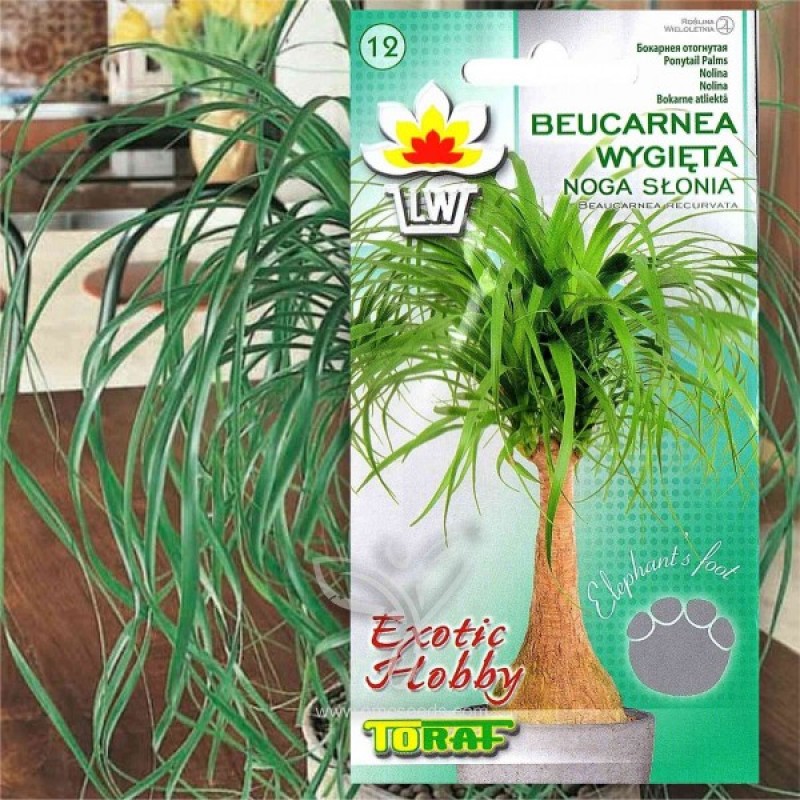
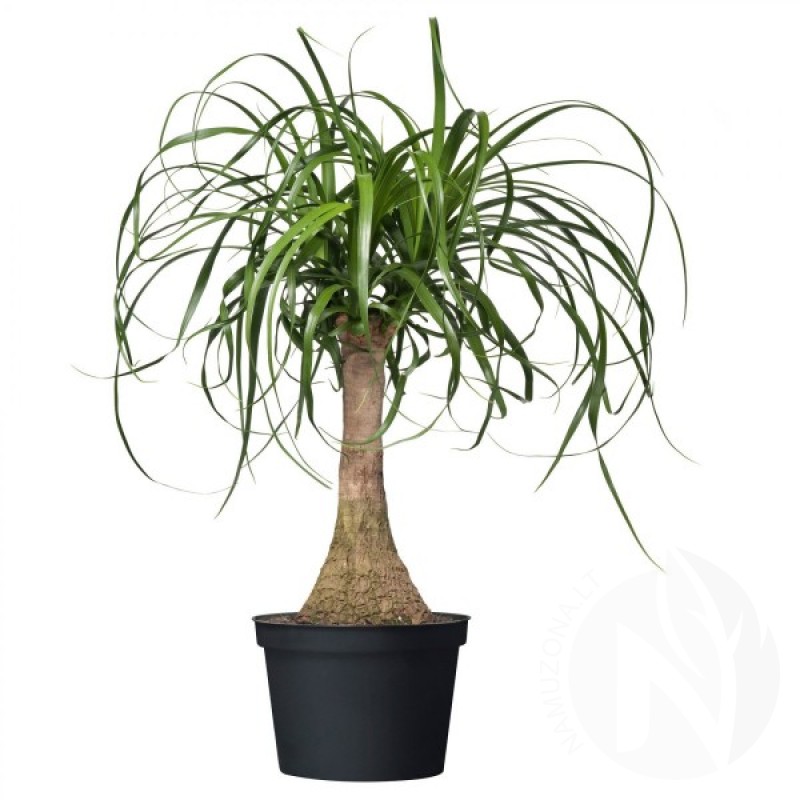
IMPORTANT:
The earliest shipping date for all orders is: November 12, 2024.
SORRY FOR THIS INCONVENIENCE.
It makes an excellent houseplant and does well in containers. Where hardy, this plant is well suited to mixed borders and makes a nice specimen plant.
Heat and drought are no problem for this tough plant. Ponytail palm is a tall, palm-like plant that is not a true palm but is closely related to agave. It has an upright, fleshy, trunk-like stem that becomes swollen at the base, where is stores water. This is topped with clusters of long, curved, sword-shaped leaves that hang down giving the appearance of a pony’s tail. When mature, it produces panicles of fragrant cream colored flowers that are pollinated by bats.
Ponytail palm thrives in hot full sun and requires average to poor soil with good drainage.
Information source: http://learn2grow.com/plants/beaucarnea-recurvata/
Genus - Beaucarnea
Species - Recurvata
Common name - Bottle Palm
Pre-Treatment - Not-required
Hardiness zones - 4 - 15
Height - 4 - 5 m
Spread - 3 - 4 m
Plant type - Tree, houseplant
Exposure - Full Sun
Growth rate - Slow
Soil PH - Neutral, alkaline
Soil type - Loam, sand, special substarte for indoor plants
Water requirements - Low, draught tolerant
Landscape uses - Container, Feature Plant, Foundation, Houseplant, Tropical
GERMINATION INSTRUCTIONS
Seeds can be sown all year long inside.
1. Rub one side of the ponytail palm seed with a nail file until a pale spot forms. Do not rub all the way through the seed coat because the seed will not germinate. This is known as scarifying the seed, and it weakens the dense, impermeable outer hull to help with germination.
2. Cover the seed with warm water and place a dishcloth or wet sponge on it to hold it beneath the surface while it soaks. Leave it in the bowl of water for 24 hours. Drain the seed just before sowing.
3. Fill a 7-8 cm pot with a mixture of 4 parts coarse sand, 2 parts milled peat, 1 part perlite and 1 part sterile potting soil. Leave the top 2cm of the pot empty. Moisten the top few inches with water and let it drain for a few minutes.
4. Set one ponytail palm seed on the surface of the growing mixture in each pot. Gently press it into the surface until it is halfway buried. Spread a 3 mm thick layer of coarse sand over the seed. Mist the sand with water to settle it.
5. Arrange the pots on a heating mat and cover them with a loose sheet of clear plastic wrap. Place the mat near a large window with unfiltered sun. Set the temperature on the warming mat to around +20C.
6. Water the ponytail palm seeds with a spray bottle whenever the growing mixture feels mostly dry just beneath the surface. Avoid making the growing mixture soggy, but do not allow it to dry out completely while the seeds are germinating.
7. Watch for sprouting in approximately one to two months. Remove the plastic wrap and the heating mat once the ponytail palm seeds sprout. Continue to water whenever the growing mixture is mostly dry, but water at the base of the seedling rather than spraying water from above.
Grow the ponytail palm seedlings under very warm, bright conditions indoors until nighttime temperatures outdoors stay reliably above +15C. Move them to a sheltered area outdoors with partial shade at midday. Transplant them into a permanent bed with full sun and fast-draining soil once they produce mature foliage.
Information source: http://homeguides.sfgate.com/plant-ponytail-palm-seeds-65797.html
Atsiliepimų apie šią prekę kol kas nėra.
No questions about this product.

